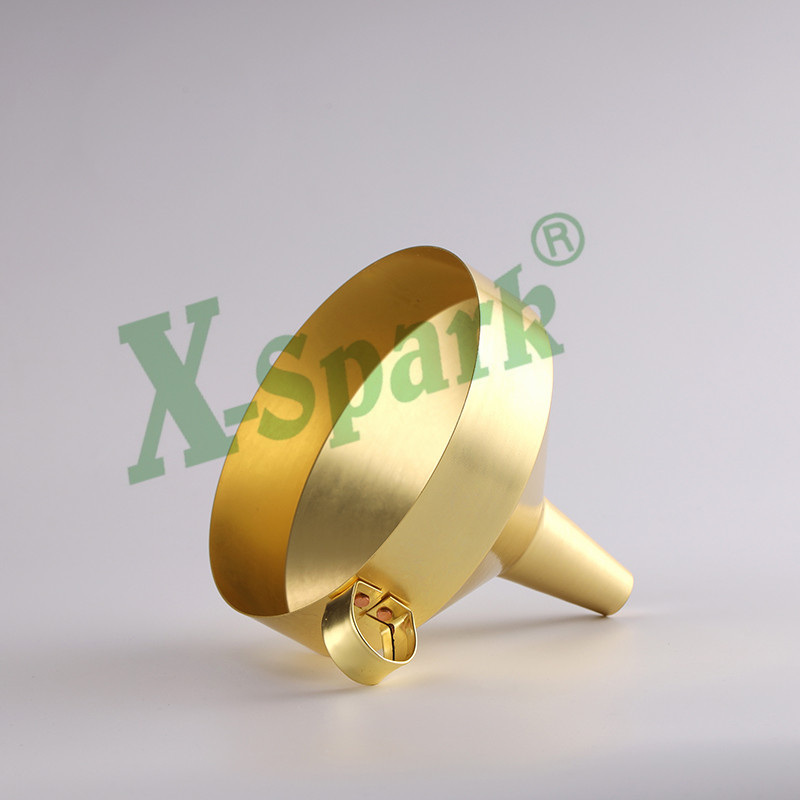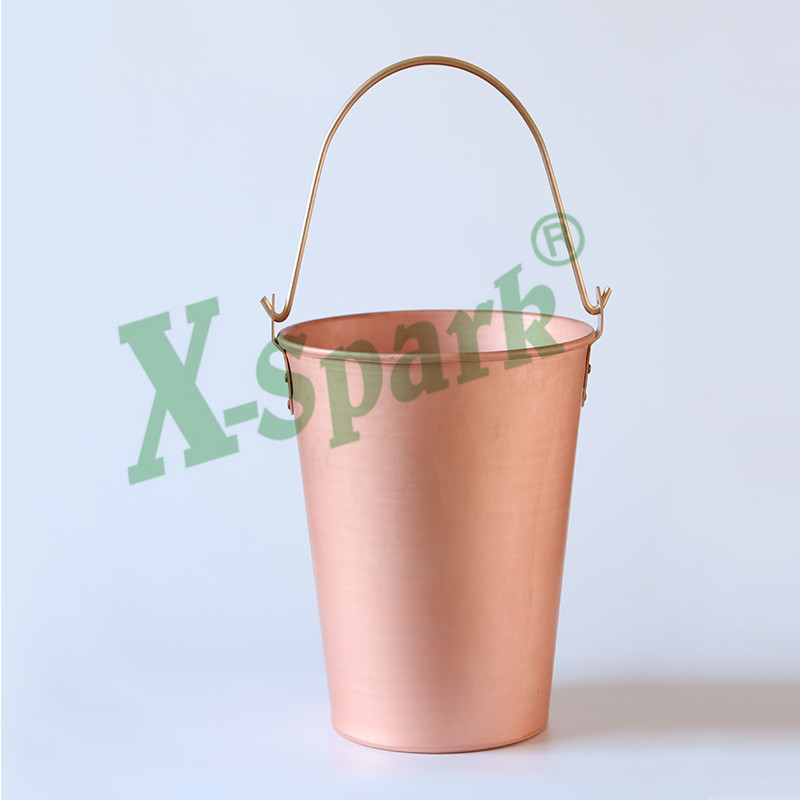1. Different in appearance and color
When we observe copper and brass, we will find that the color of brass is generally golden yellow and shiny, but the color of copper is rose red and shiny, so we can also distinguish them from their appearance color.
2.Different in composition
copper has a high content of copper, but brass has copper and zinc, and there may be other impurities, so we can also distinguish it from the composition.
3.Different in strength
The strength of copper and brass is different. We can distinguish them from each other in strength. Brass has many components, so the strength of brass is generally high, but the main component of copper is copper, and there are basically no other impurities. Therefore, the strength of red copper is relatively low.
4.Different density
The density of brass is 8.52-8.62, and the density of copper is 8.9-8.95. Therefore, the density of copper and brass is relatively large, and the density of brass is small.

Copper is named for its purple red color. It is not pure copper. Sometimes a small amount of deoxidizing elements or other elements are added to improve the material and properties, so it is also classified as copper alloy. According to the composition, Chinese copper processing materials can be divided into four categories: ordinary red copper (T1, T2, T3, T4), oxygen free copper (TU1, TU2 and high-purity, vacuum oxygen free copper), deoxidized copper (TUP, tumn), and special copper with a small amount of alloy elements (arsenic copper, tellurium copper, silver copper). The conductivity and thermal conductivity of copper are second only to silver. It is widely used to make conductive and heat conducting equipment.
Copper has good corrosion resistance in atmosphere, seawater, some non oxidizing acids (hydrochloric acid, dilute sulfuric acid), alkali, salt solutions and various acids (acetic acid, citric acid). It is used in chemical industry. In addition, copper has good weldability and can be made into various semi-finished products and finished products through cold and thermoplastic processing. In the 1970s, the output of copper exceeded the total output of other types of copper alloys.
Brass is a copper base alloy with zinc as the main alloy element. It is named because it is often yellow. Brass has beautiful color, good process and mechanical properties, high conductivity and thermal conductivity, corrosion in atmosphere, fresh water and seawater, easy cutting and polishing, good weldability and low price. It is commonly used to make conductive and heat-conducting components, corrosion-resistant structural parts, elastic components, daily hardware and decorative materials.

Previous: use of non-sparking pipe wrenches
Next: Quality Guarantee